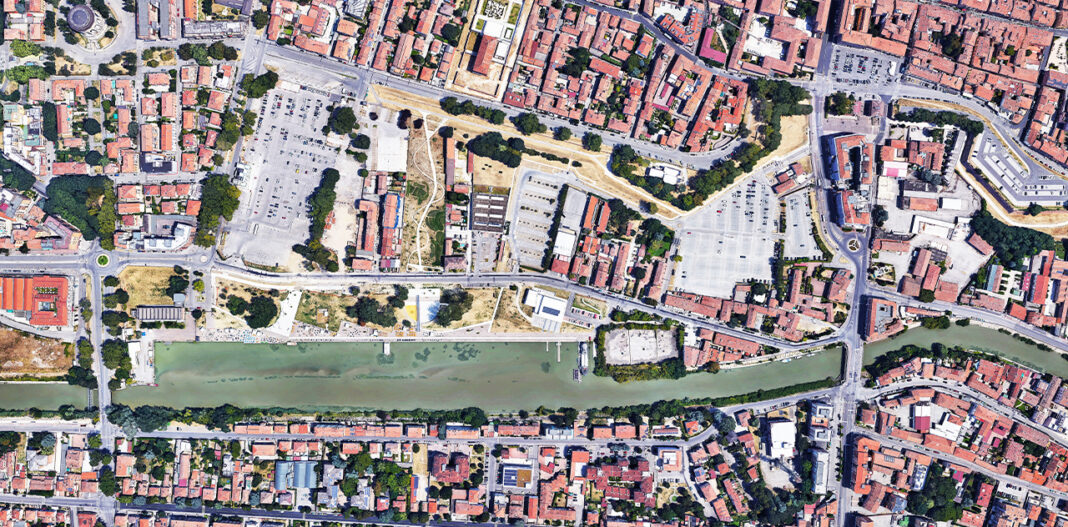The need to address the social and environmental challenges of cities has led to the growing international application of digital technologies for data management in smart cities. These efforts have been accompanied by the development of methodological approaches and modeling tools aimed at delivering concrete benefits to urban planning and management. City Information Modelling (CIM) is emerging as a promising approach for the holistic representation of urban environments, facilitating interaction between users and digital models of urban contexts. Today, the source data available for such purposes is often fragmented and heterogeneous. To ensure effective knowledge and analysis, this data must be represented in a critical and interpretative framework. This contribution, through the case study of an urban section in Ferrara, demonstrates some of the results achieved by the research group at the TekneHub Laboratory and the DIAPReM Departmental Research Centre. The study focuses on the creation of an information system that unifies and organizes data from diverse sources.
© RIPRODUZIONE RISERVATA









